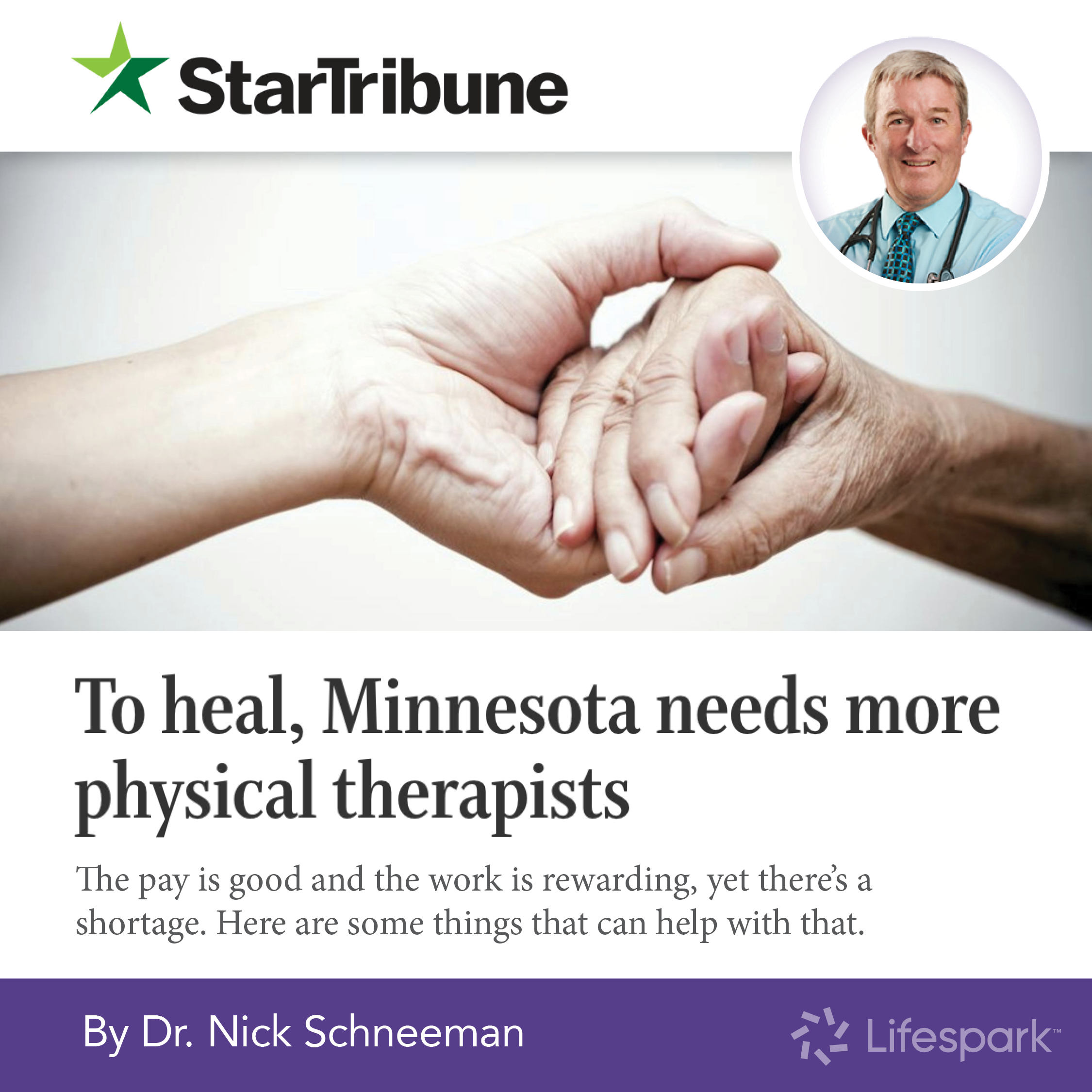
What Will Make You Happiest?
Live like you want to, as long as you can.
Throughout your whole life, you’ve been making choices that felt right for you. Now with less of your life remaining, it’s more important than ever to stay in control of your own happiness for as long as possible.
If your doctor feels you may die within 6 months, hospice care is an option for you. And that means you have another choice to make.
“Is hospice right for me, or should I choose another path?”
AN OVERVIEW OF YOUR OPTIONS
Hospice Care
If you no longer want treatment aimed at curing your life-limiting illness, then hospice may be a great choice for you.
Hospice care is all about improving the overall quality of your life. When your remaining time can be measured in months, not years, your hospice team is there to comfort you physically, emotionally, and spiritually.
Physically
-
- How you feel physically is a major concern—both for you and for hospice. Medical professionals stand by 24/7 to relieve your pain and any other symptoms you have.
- In fact, since hospice workers are specially trained to focus on your symptoms, many people start to feel better once they begin hospice care.
- Surprisingly, research shows that beginning hospice care can actually add days to your life if you begin early enough.
Emotionally
-
- Your hospice team wants your life to be an easy one. They try to lessen the stress on you and your family, freeing you to focus on your time together.
- Trained experts are there to support your emotional wellbeing. For instance, they help you and your family through any anxiety, fear, or depression you may be feeling.
- They can also help you find solutions to other challenges you’re facing (e.g., financial worries, household needs, or family relationships).
Spiritually
-
- As you think about your life coming to a close, you and the people who love you might find comfort in spiritual care. The chaplain on your hospice team has a lot of experience helping people work through end-of-life questions and concerns.
- Maybe you practice a religious faith, or perhaps you draw spiritual strength from other sources like personal relationships, nature, meditation, art, or music. The chaplain supports you spiritually, based on your own unique passions and beliefs.
- Hospice care also includes support for you and your family as you grieve. Bereavement services are available to the people you love for a year after your death.
Where? – Most people choose to receive hospice care at home. But a hospice team will care for you wherever you live, including assisted living or skilled living facilities.
How Long? – You can leave hospice care anytime you choose. Sometimes people do so well on hospice care they ‘graduate’ from services. They are able to resume hospice care when their condition warrants it again. If you try it and decide you’d rather return to traditional care, it’s an easy transition. It might interest you to know that sometimes people do so well on hospice care that they graduate from services. You can always begin hospice care again whenever you choose.
How Expensive? – Medicare and Medicaid both cover hospice care in full. The Veteran’s Administration and most private insurance plans also cover all hospice care costs (or charge only minimal co-pays).
This Might Help – Would you like some ideas on how to begin the hospice conversation with someone you love? Download our guide on how to get started.
Palliative Care
If you’re still receiving treatments to cure your life-limiting disease, you may want to consider a palliative care as well.
Palliative care is specialized medical care for people living with a severe or life-limiting illness.
- Like hospice care, palliative care takes a team approach to enhancing the quality of life for you and your family.
- It’s compassionate care that supports you physically, emotionally, and spiritually.
- Palliative care is usually offered in hospitals. But it’s becoming more common in outpatient clinics, assisted living and skilled nursing facilities, and doctors’ offices. Some palliative care teams will also visit your home.
- Medicare and private insurance plans may cover most medications and services but not all. You’ll want to check your personal coverage for specifics.
Home Care Agencies / Professional Caregivers
You may decide to stay in your own home without receiving hospice care.
IT’S IMPORTANT TO NOTE: In this scenario, you’ll be missing out on many of the services hospice provides, including: emotional support, spiritual support, coverage for and swift access to certain comfort medications, medical supplies and equipment—(e.g., hospital bed and oxygen) —all at no cost to you.
- Your care is provided by private-pay home care services, usually with strong support of family and friends. (One disadvantage is the strain it may put on your loved ones.)
- You can live wherever you call home.
- You can customize your care. You also have more control over how your day unfolds.
- You’re more likely to get better rest and suffer less confusion/delirium than at a health care facility.
- You and your family will probably need to cover most costs of your care or you can utilize long-term care insurance to cover costs. Private-pay home care services tend to average about $35-45 dollars an hour depending on if you hire a nurse or caregiver. The total costs are determined by the type and amount of care you need.
Long-Term Care Facility
If you need or want more support than you can get at home, you may opt for a long-term care facility (assisted living or skilled nursing facility).
- For instance, if you need around-the-clock care and frequent skilled nursing attention, and you can’t afford 24-hour home care, a skilled nursing facility may be a good option for you.
- Your long-term care insurance or your family can pay for this care—or if you qualify financially, Medicaid may cover many of your costs.
- (Remember, you can also receive hospice care anywhere you live, including in a long-term care facility.)
A QUICK SUMMARY
Once you’re facing the end of your life, you have some decisions to make. Here’s a thought that might help you sort through them:
“You can choose to die without hospice, but why would you?” says Jen Blazek, BSN, RN, Lifespark Hospice Administrator. “Unless you prefer to keep fighting to the very end, subjecting yourself to extreme measures in the hospital, why wouldn’t you want to let a hospice team help improve the quality of your life?”
The choices you make now can greatly change your end-of-life experience. You’ll want to ask yourself questions like:
- Are you more interested in quantity of life or quality of life?
- What kind of care are you likely to need?
- Where do you envision receiving your care?
- Can family and friends assist in caring for you?
- Do you have a plan for covering costs of certain options?
To be kindest to yourself and your family, think through your options early on, and communicate your choices. And then comes starting the conversation with family who may or may not be ready to have it.
Lifespark is Here for You
If you’re considering hospice care, you’ll want to start the conversation with family members who may or may not be ready to have it. For guidance on having that discussion, download our eBook: How Do I Talk to My Loved Ones About Hospice?
Lifespark Hospice is happy to help you figure out your best path forward, even if you don’t sign up with our services. Reach out to our team 24/7 with your questions or schedule a free consultation to walk through options.





